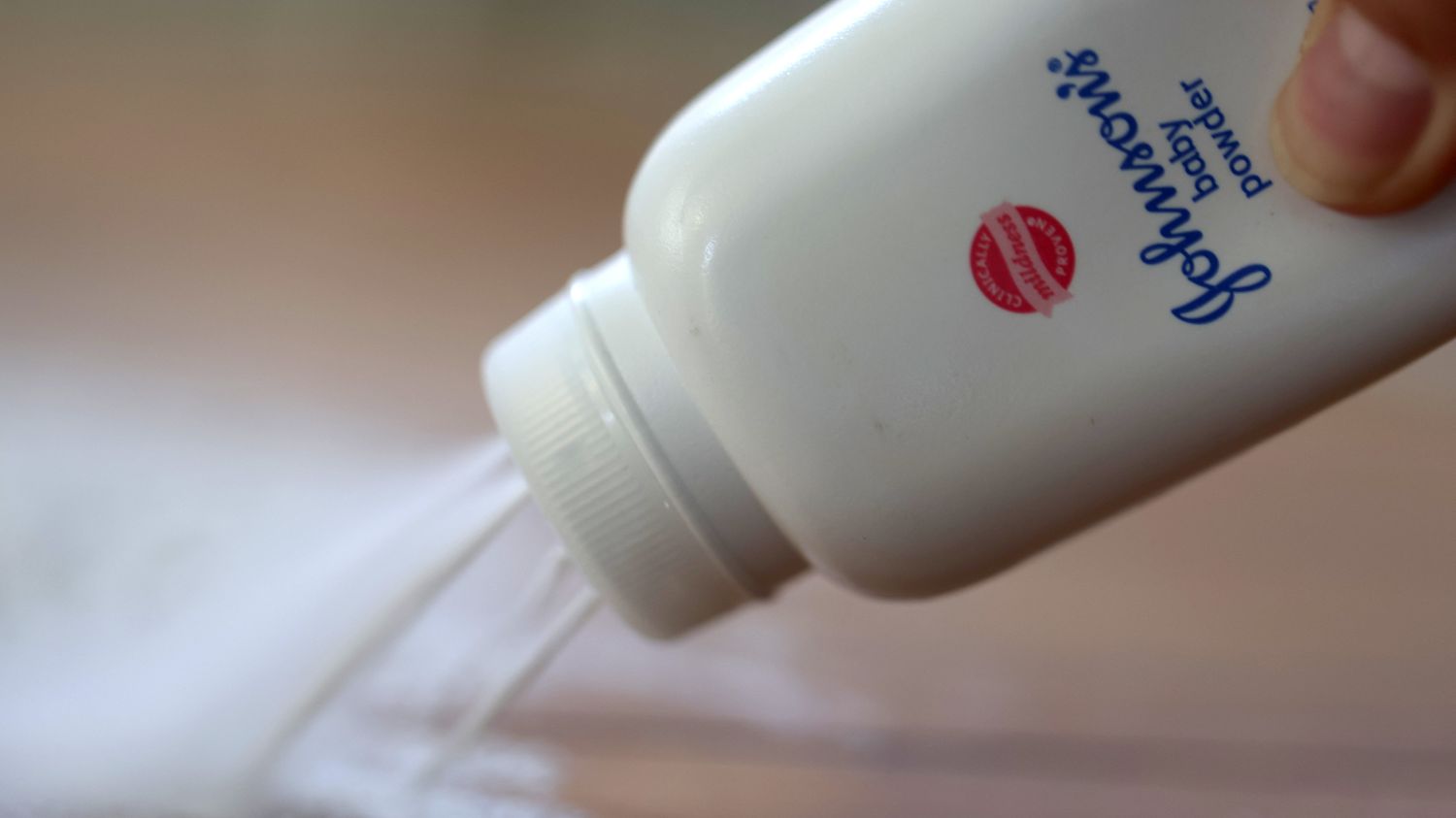According to experts from the International Agency for Research on Cancer (IARC), exposure occurs mainly in occupational settings during the extraction, grinding or processing of talc, or during the manufacture of products containing it.

Published
Reading time: 1 min

Talc is classified as probably carcinogenic by the World Health Organization’s (WHO) cancer agency, which has also classified acrylonitrile, a compound used in the production of polymers, as carcinogenic. Experts from the International Agency for Research on Cancer (IARC), meeting in Lyon, published their results on Friday, July 5, in the journal The Lancet Oncology.
They classified talc, a natural mineral mined in many parts of the world, as “probably carcinogenic” for humans, particularly given the combination of limited evidence of cancer in humans (ovarian cancer) and sufficient evidence in laboratory animals.
According to experts, exposure occurs mainly in the workplace during the extraction, grinding or processing of talc, or during the manufacture of products containing it. In the general population, it occurs in particular through the use of cosmetics and body powders containing talc.
However, experts do not rule out some bias in studies that have shown an increase in cancer incidence. While the assessment focused on talc that did not contain asbestos, asbestos contamination of talc cannot be ruled out in most studies on exposed humans, they say.
In June, US pharmaceutical giant Johnson & Johnson reached a final settlement with 42 US state courts in a talc case accused of causing cancer.
A review of studies published in January 2020, which included 250,000 women in the United States, found no statistical link between the use of talc on the genitals and the risk of ovarian cancer.
